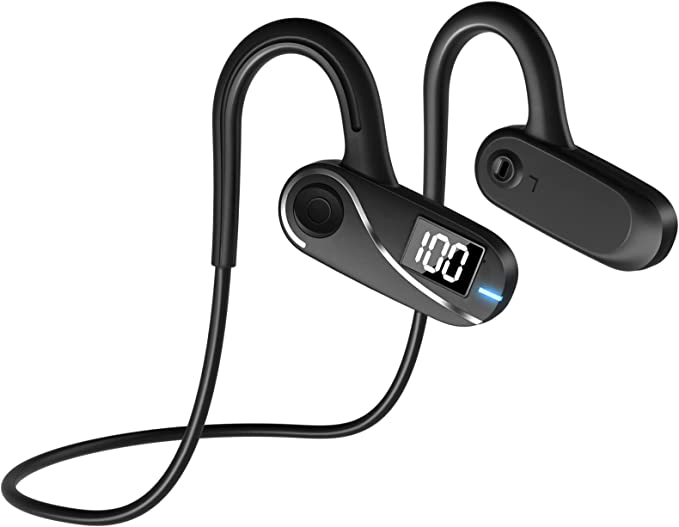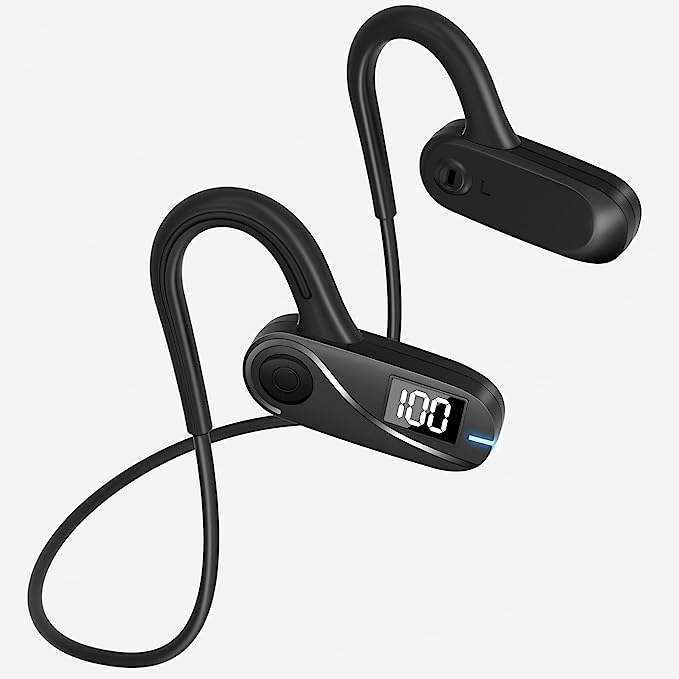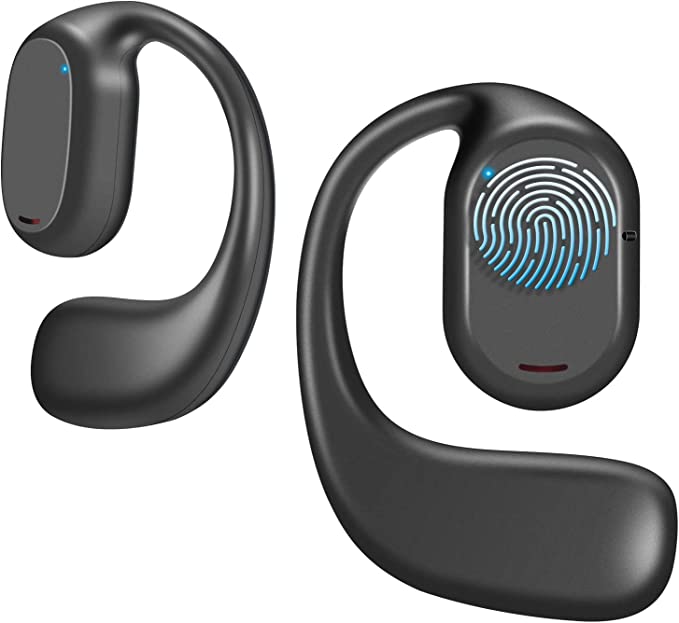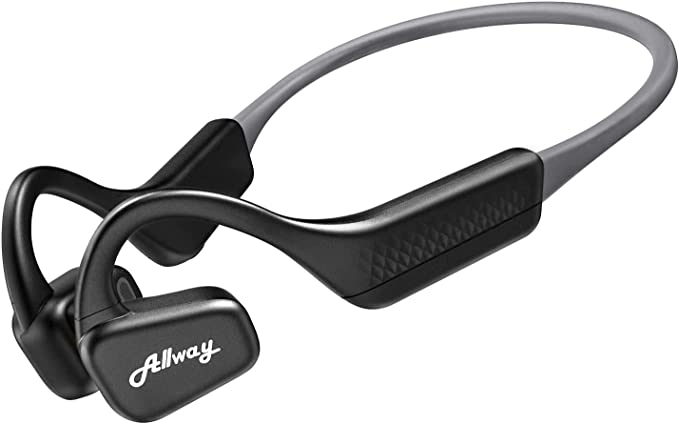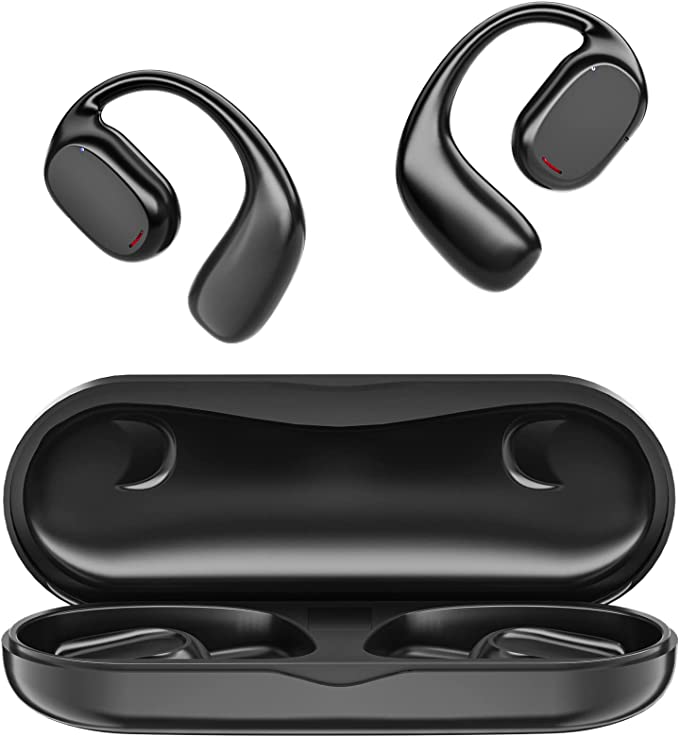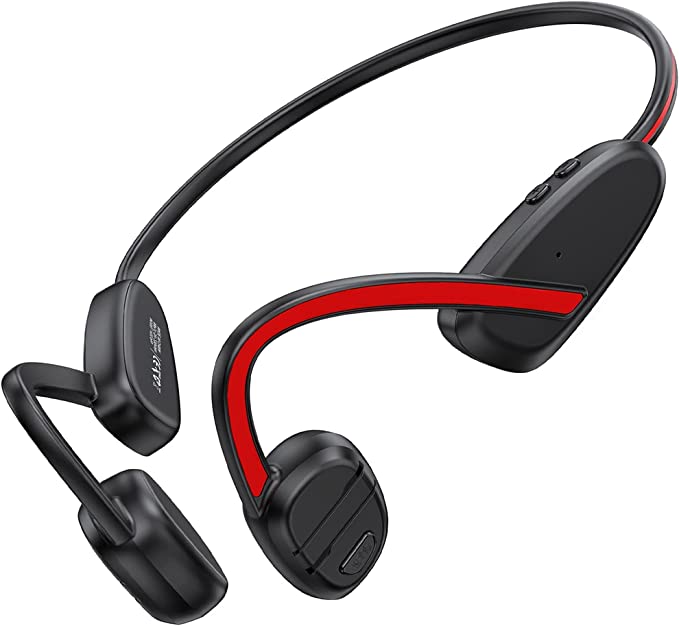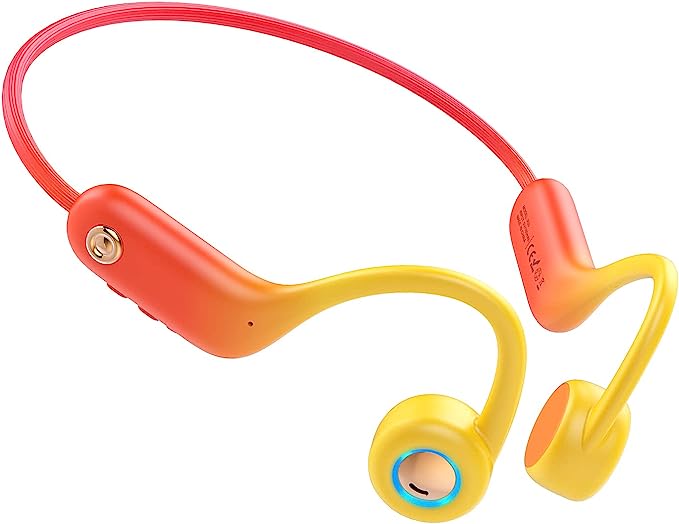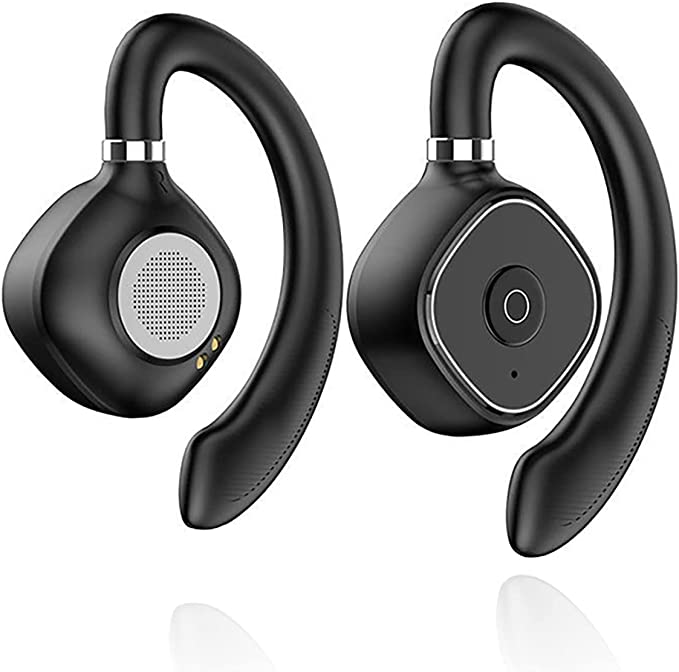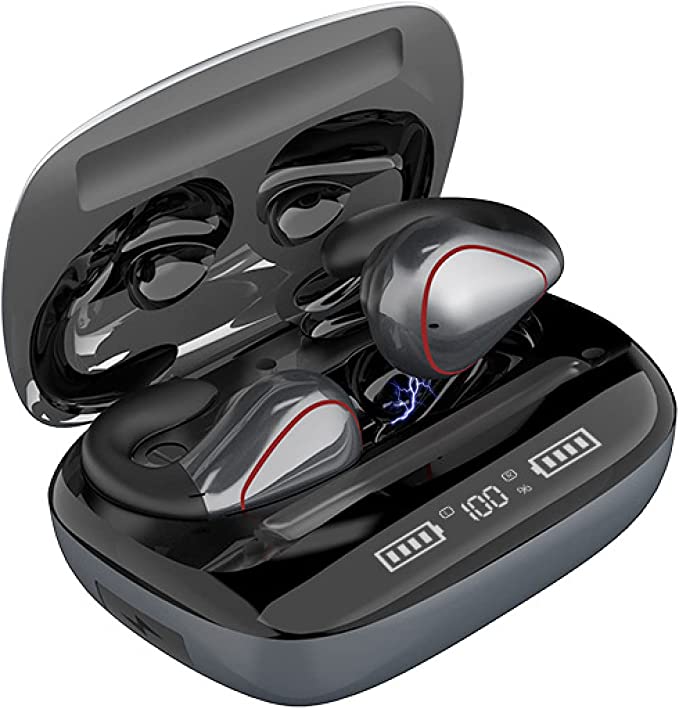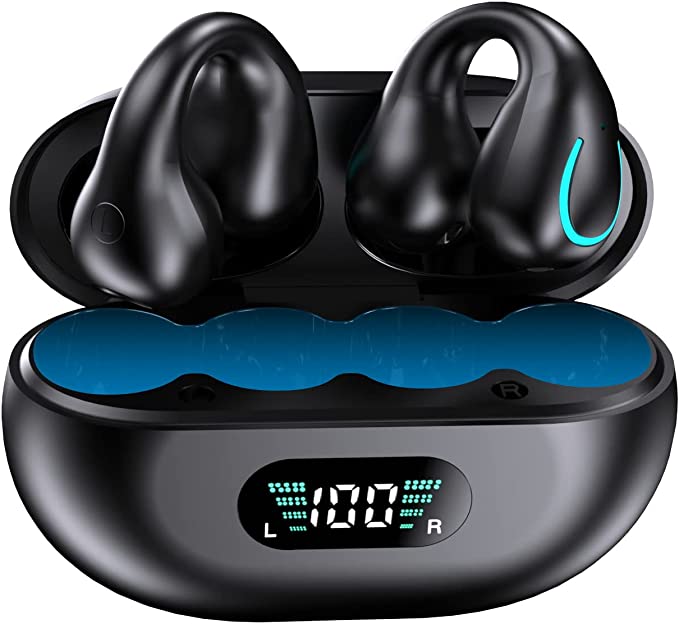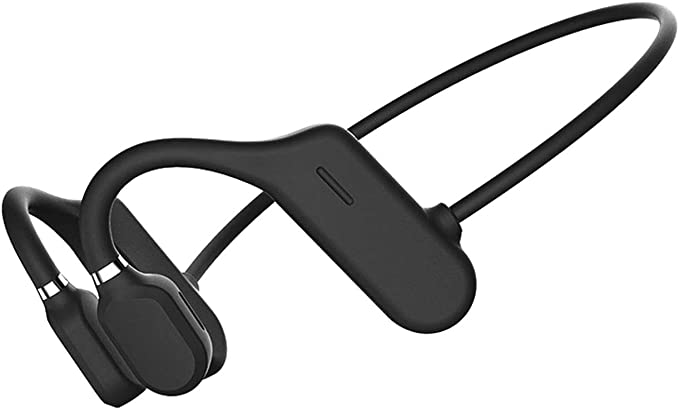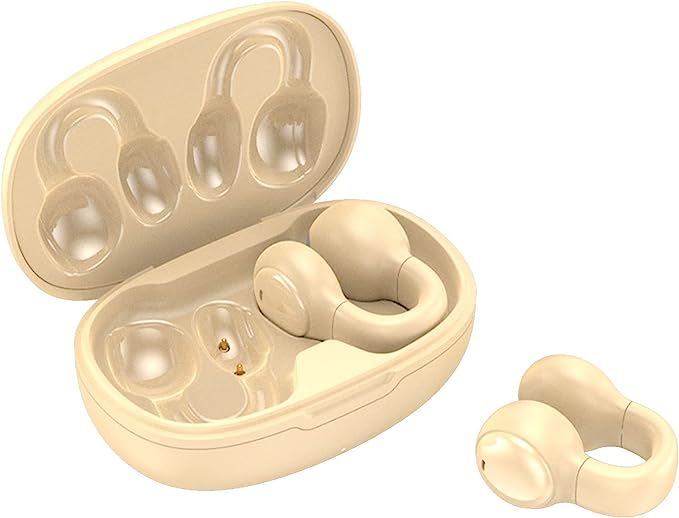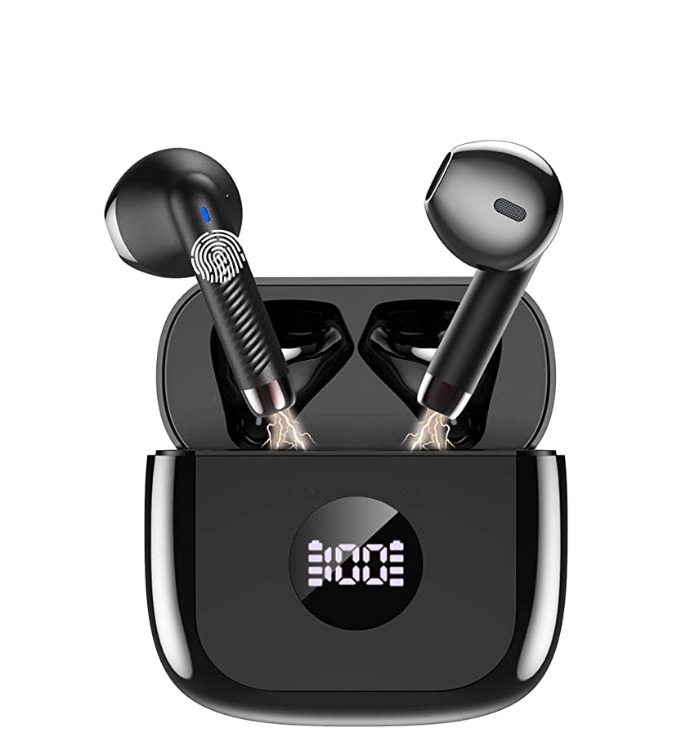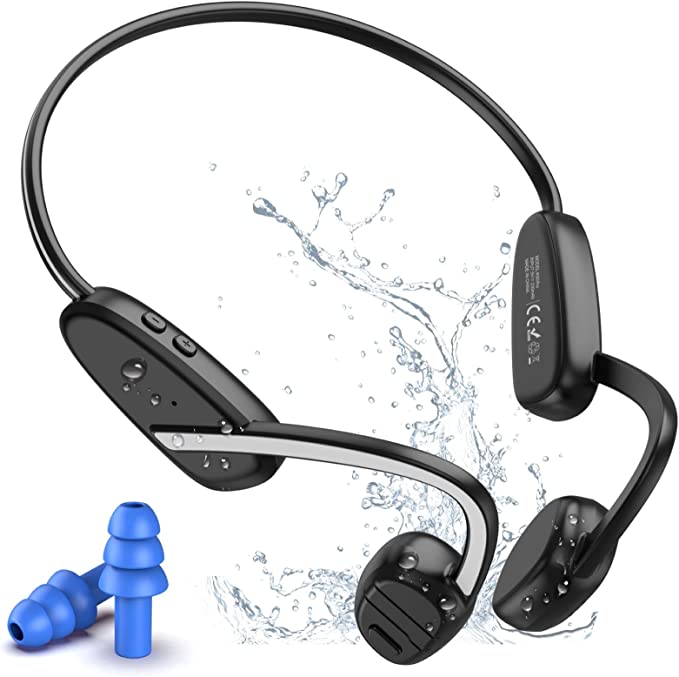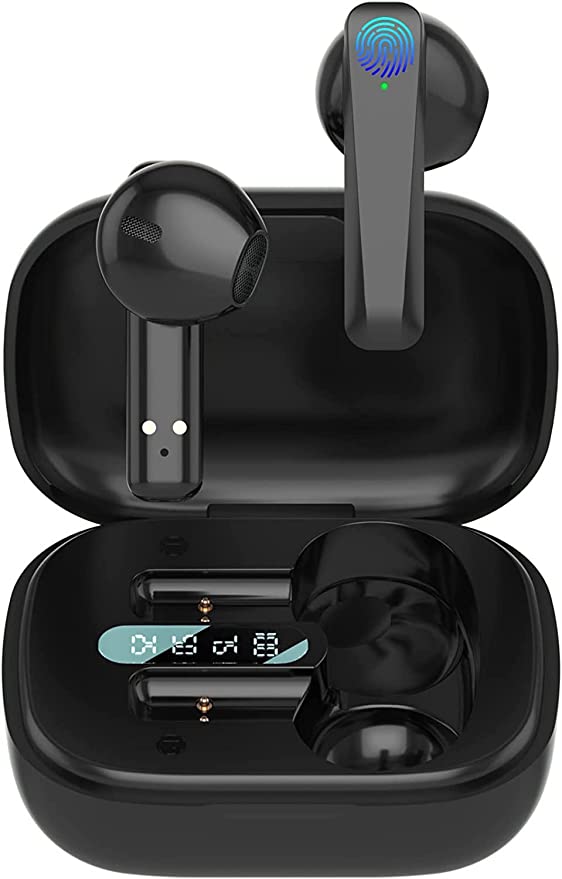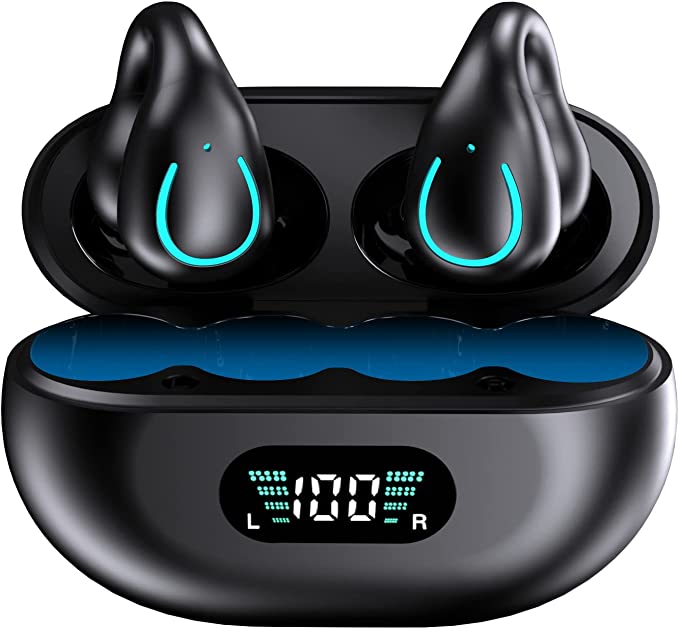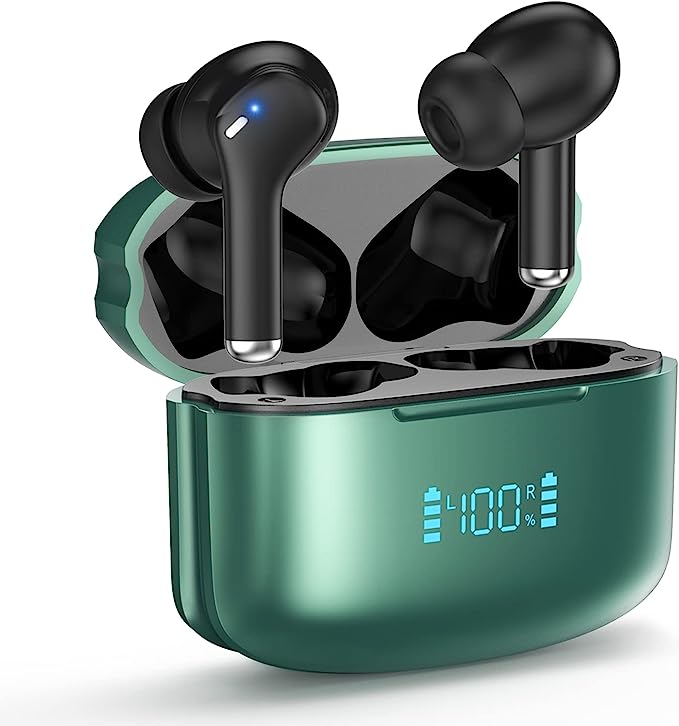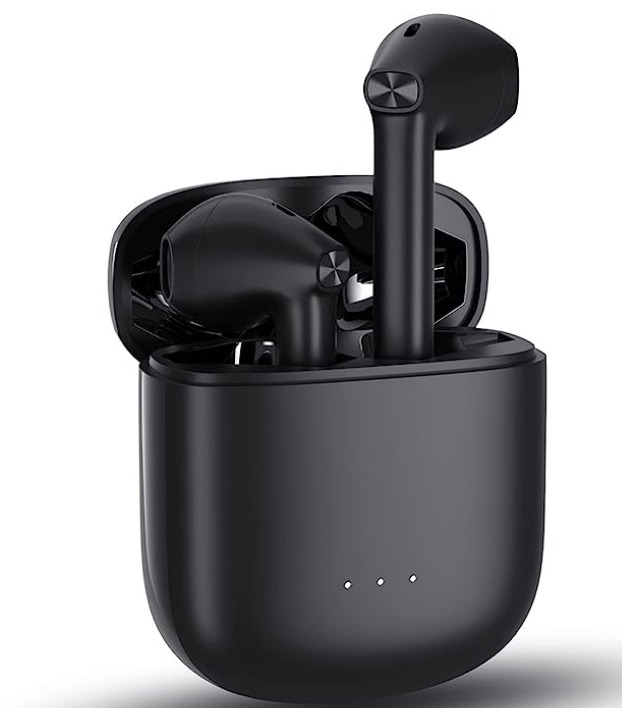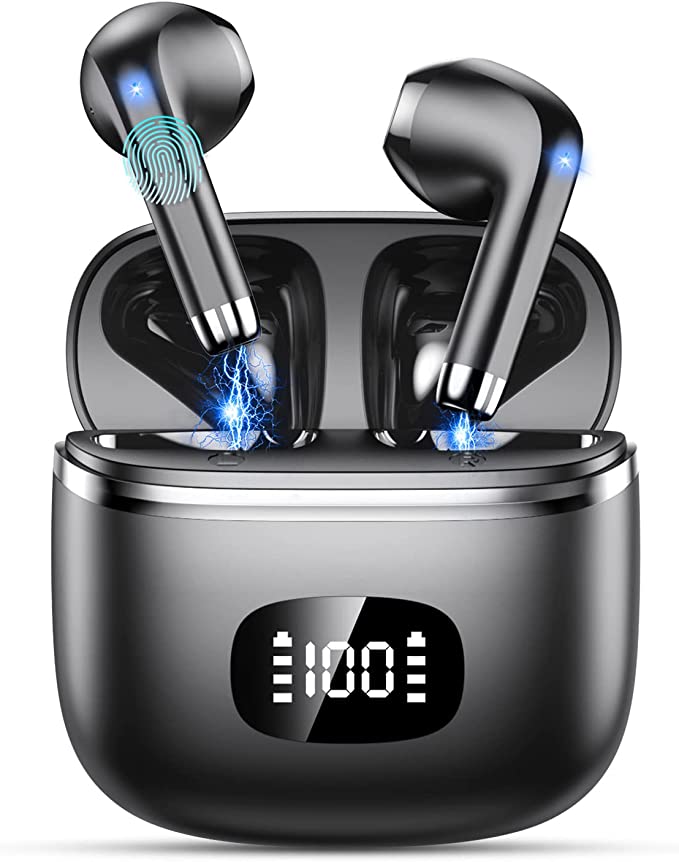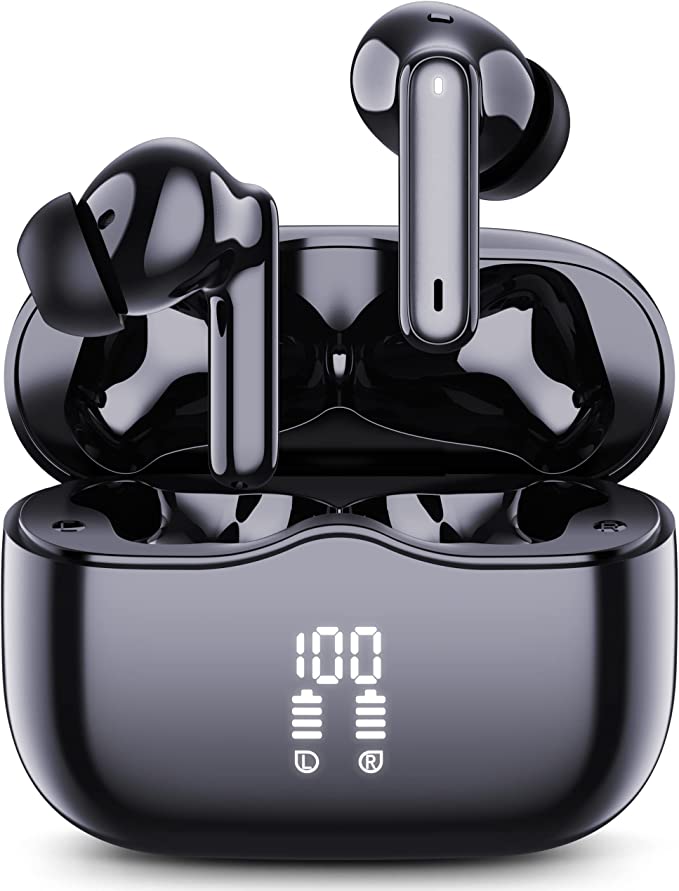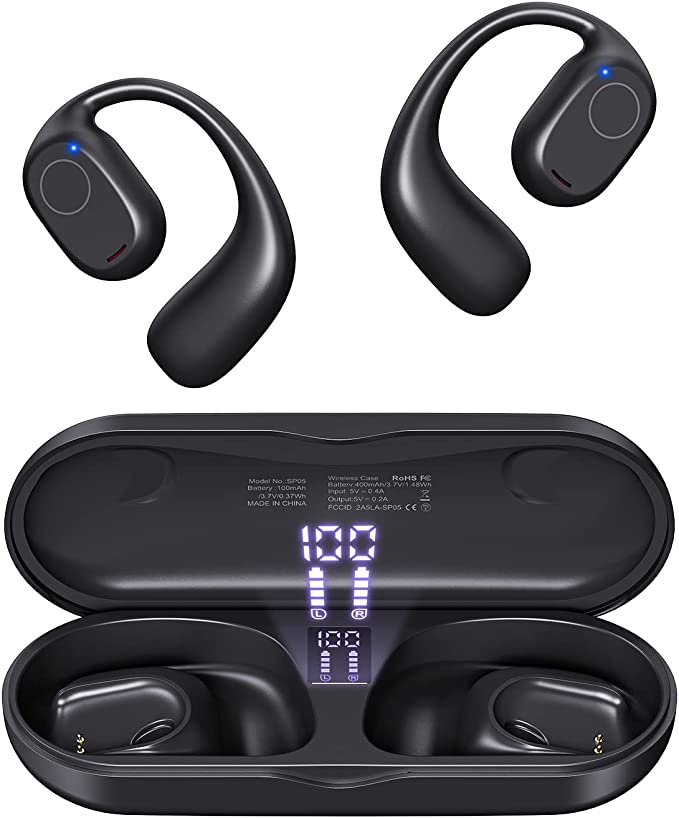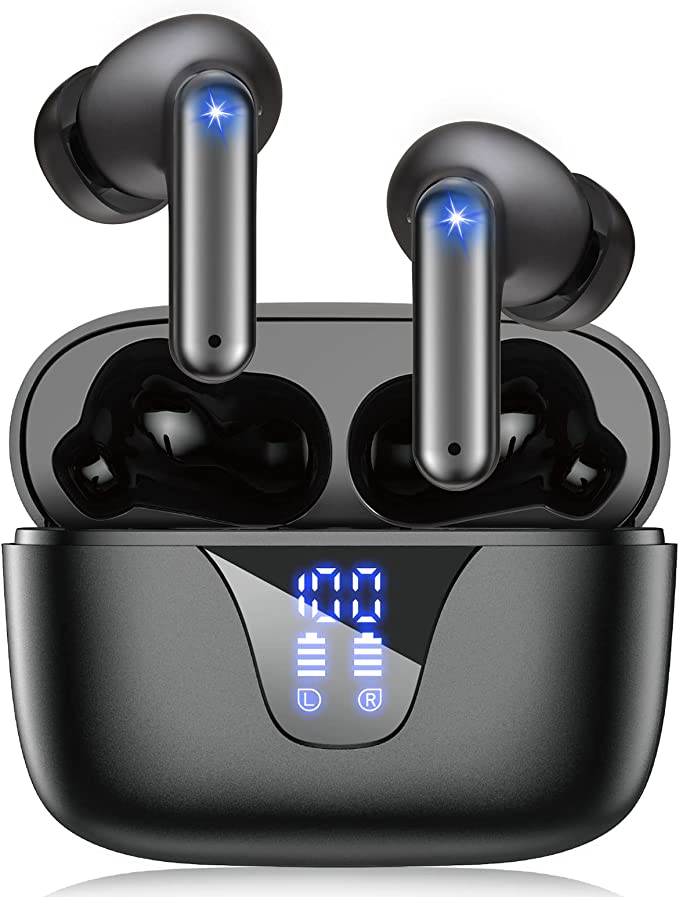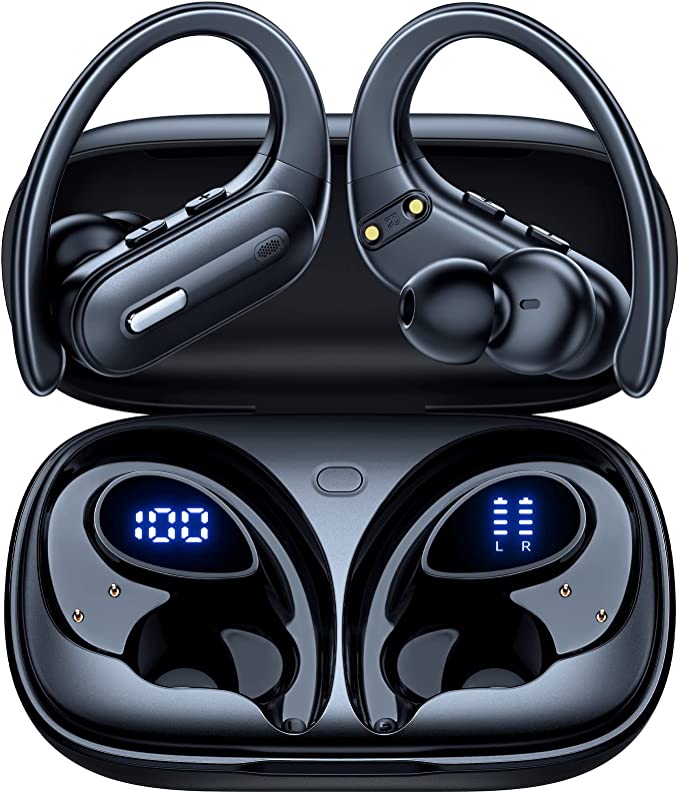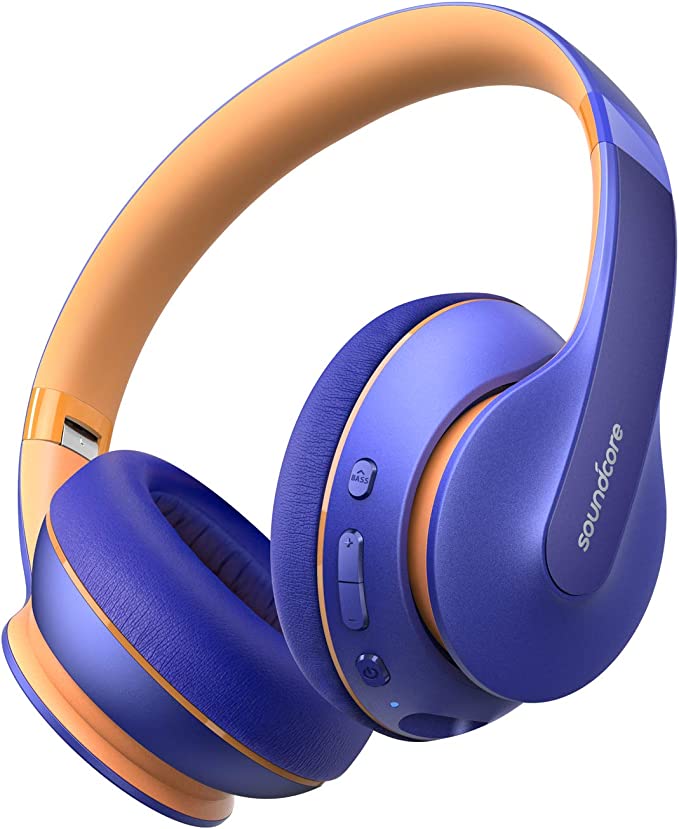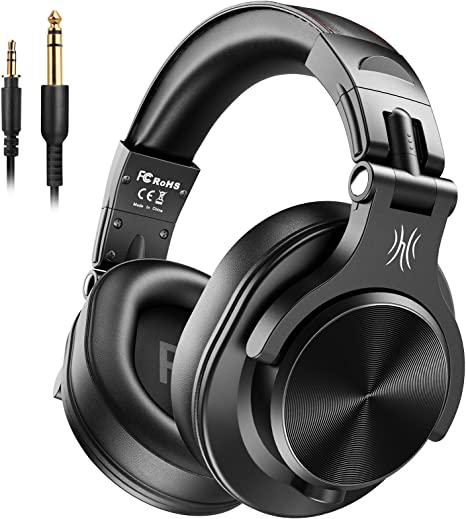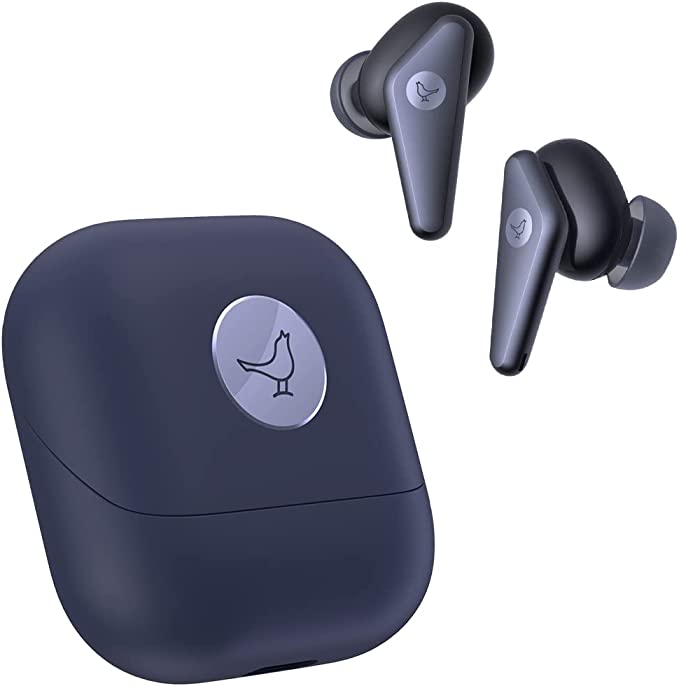TRAUSI T6 Open Ear Headphones: Experience Sound Without Boundaries
Update on Oct. 10, 2025, 11:47 a.m.
In the quiet ecosystem of our personal technology, Bluetooth is the invisible handshake. It’s the silent, constant negotiation that happens between our phones, watches, speakers, and headphones, a technology so ubiquitous and reliable that we rarely give it a second thought. We notice it only when it fails. Yet, behind the simple act of pairing, this standard is in a state of constant, rapid evolution. The number that follows the name—5.0, 5.2, 5.3—is not mere marketing. Each iteration represents a significant leap in what’s possible for our wireless world, solving old problems and unlocking entirely new experiences.
The arrival of devices equipped with Bluetooth 5.3, such as the TRAUSI T6 earbuds, signals more than just an incremental upgrade. It marks a crucial tipping point. This standard, and the technologies it supports, are laying the essential groundwork for a future where audio is no longer just a private stream to our ears, but a dynamic, contextual, and shareable layer of reality. To understand this future, we must first appreciate the unsung heroes of the present.

The Quiet Revolution of Bluetooth 5.3
While it may not have the headline-grabbing appeal of a new phone design, the move to Bluetooth 5.3 brings tangible benefits that directly impact the user experience. These are not futuristic promises; they are here-and-now improvements in efficiency, stability, and speed.
1. Radical Efficiency: One of the primary focuses of recent Bluetooth development has been power consumption. Bluetooth 5.3 introduces features that allow devices to be smarter about how and when they transmit data. They can enter low-power states more quickly and efficiently, and filter out redundant data packets. For the end-user, the translation is simple and powerful: longer battery life. This is how a compact device can boast 10 hours of continuous playback and a total of 50 hours with its case—not just through a bigger battery, but through a fundamentally more intelligent use of the power it has.
2. Rock-Solid Stability: If you’ve ever had your music stutter while walking through a crowded airport or train station, you’ve experienced radio frequency (RF) interference. Bluetooth operates in a busy 2.4 GHz band, shared with Wi-Fi, microwaves, and countless other devices. Bluetooth 5.3 improves on a feature called Channel Classification, which allows a device to more effectively detect and avoid “bad” or crowded channels, hopping to clearer ones to maintain a stable, uninterrupted connection.
3. Reduced Latency: The delay between what you see on a screen and what you hear in your headphones is known as latency. While previous versions of Bluetooth have made great strides, version 5.3 helps to further reduce this delay, making for a better-synchronized experience when watching videos or playing games.
But the improvements in Bluetooth 5.3, as significant as they are, are merely setting the stage. They are the foundational work for the most dramatic evolution in personal audio since the invention of stereo: the arrival of LE Audio.
The Next Chapter: LE Audio and the LC3 Codec
LE Audio is a new, overarching architecture for Bluetooth audio. It runs on the low-energy (LE) radio, as opposed to the “Classic” radio that has powered Bluetooth audio until now. The star of the LE Audio show is a new codec called the Low Complexity Communication Codec, or LC3. A codec is the algorithm that compresses and decompresses digital audio data for wireless transmission. For years, the mandatory default has been the SBC codec, which is functional but not known for its quality or efficiency.
LC3 changes everything. According to the Bluetooth Special Interest Group (SIG), the organization that oversees the standard, LC3 can deliver audio quality perceived to be better than SBC, but at a 50% lower data rate. This is a game-changer. It means engineers can either provide much higher fidelity audio at current battery consumption levels, or they can maintain today’s good-enough audio quality while dramatically extending the device’s battery life even further.
From Personal to Public: The Auracast™ Revolution
Higher quality and better battery life are compelling advancements, but LE Audio holds a secret weapon, a feature poised to change not just how you listen, but where you can listen. It’s called Auracast™ broadcast audio, and it’s about to turn the world into your personal radio station.
Here’s how it works: An Auracast™ transmitter (which could be a phone, a laptop, or a public announcement system) can broadcast one or more audio streams to an unlimited number of in-range Auracast™ receivers (your headphones or earbuds). This is a move from a one-to-one connection to a one-to-many broadcast.
The possibilities are transformative: * At the Airport: You could receive flight announcements for your specific gate directly in your earbuds, in your preferred language, without having to strain to hear the overhead speakers. * At the Gym: The rows of silent TVs could each be broadcasting their audio via Auracast™. You simply select the TV you want to listen to from your phone, and the audio streams to your personal earbuds. * In a Lecture Hall or Conference: You could join a broadcast to get a clearer audio feed from the speaker, or even choose an alternate stream for real-time language translation.
This isn’t about replacing personal music. It’s about creating a new layer of public, contextual audio that you can opt into at will. It’s a system that enhances accessibility for those with hearing loss and provides unprecedented convenience for everyone else.
The humble Bluetooth connection is evolving from a simple cable-replacement to a sophisticated audio network. The groundwork laid by standards like Bluetooth 5.3 is enabling a future that is more efficient, more stable, and infinitely more connected. The next time you pair your headphones, remember the invisible handshake. It’s getting ready to open up a world of sound you haven’t even imagined yet.
